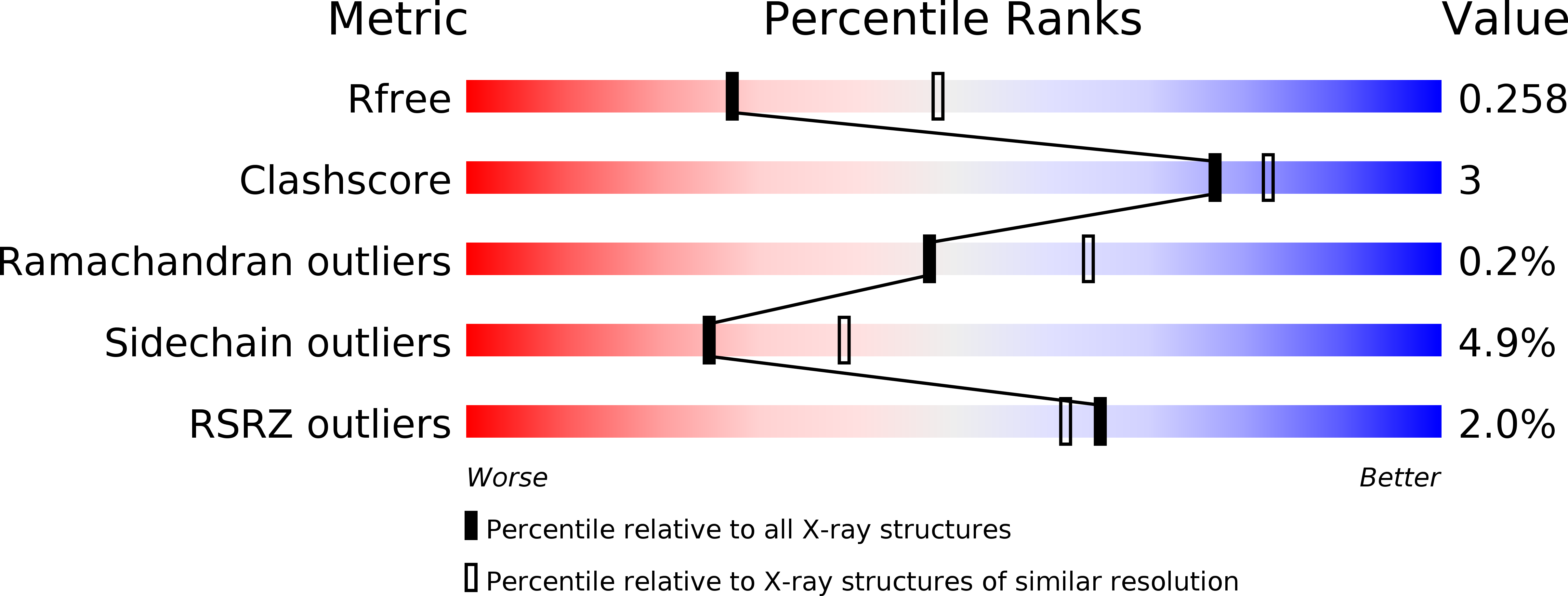
Deposition Date
2016-08-30
Release Date
2016-10-26
Last Version Date
2024-11-06
Entry Detail
PDB ID:
5T4S
Keywords:
Title:
Novel Approach of Fragment-Based Lead Discovery applied to Renin Inhibitors
Biological Source:
Source Organism:
Homo sapiens (Taxon ID: 9606)
Host Organism:
Method Details:
Experimental Method:
Resolution:
2.64 Å
R-Value Free:
0.25
R-Value Work:
0.20
R-Value Observed:
0.20
Space Group:
P 21 3


